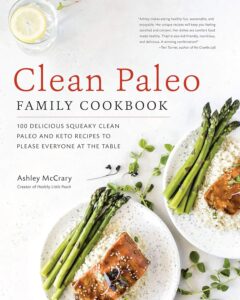Embarking on a new diet can feel like a huge change, and if you’ve chosen to go Paleo, congratulations! You’re about to journey back to the way your ancestors ate – filling your plate with fresh, unprocessed foods and leaving behind the sugar-laden, artificial items of the modern world. To help you succeed and enjoy your new lifestyle, I’ve put together some essential Paleo diet success tips, all tailored for beginners like you.
This guide will give you actionable advice to help you navigate your early days with confidence. I’ll also mention a few products that have worked for others and that could be game-changers in your Paleo journey. Let’s get started!
Start with Simple Meals and Whole Foods
The key to beginning any new diet is to keep things simple. When starting Paleo, focus on the core foods: vegetables, fruits, meats, fish, eggs, nuts, and seeds.
These whole foods will provide the nutrients you need and help you avoid the overwhelm of complex recipes. Think of meals like a big salad with chicken, roasted vegetables with salmon, or a simple omelet with mushrooms and spinach.
If you’re unsure about what meats to buy, start with versatile options like chicken breast, grass-fed beef, or pork chops. If you’re looking for quality cooking oils, organic coconut oil or extra-virgin olive oil are both Paleo-friendly and perfect for adding flavor to your dishes.
Product suggestion: Consider getting a Ninja Foodi 10-in-1 Pressure Cooker and Air Fryer. It allows you to roast, air fry, and pressure cook with ease—making meal prep simpler and more enjoyable. It has thousands of positive reviews, and it will help you experiment with different cooking methods that bring out the best in your Paleo ingredients.
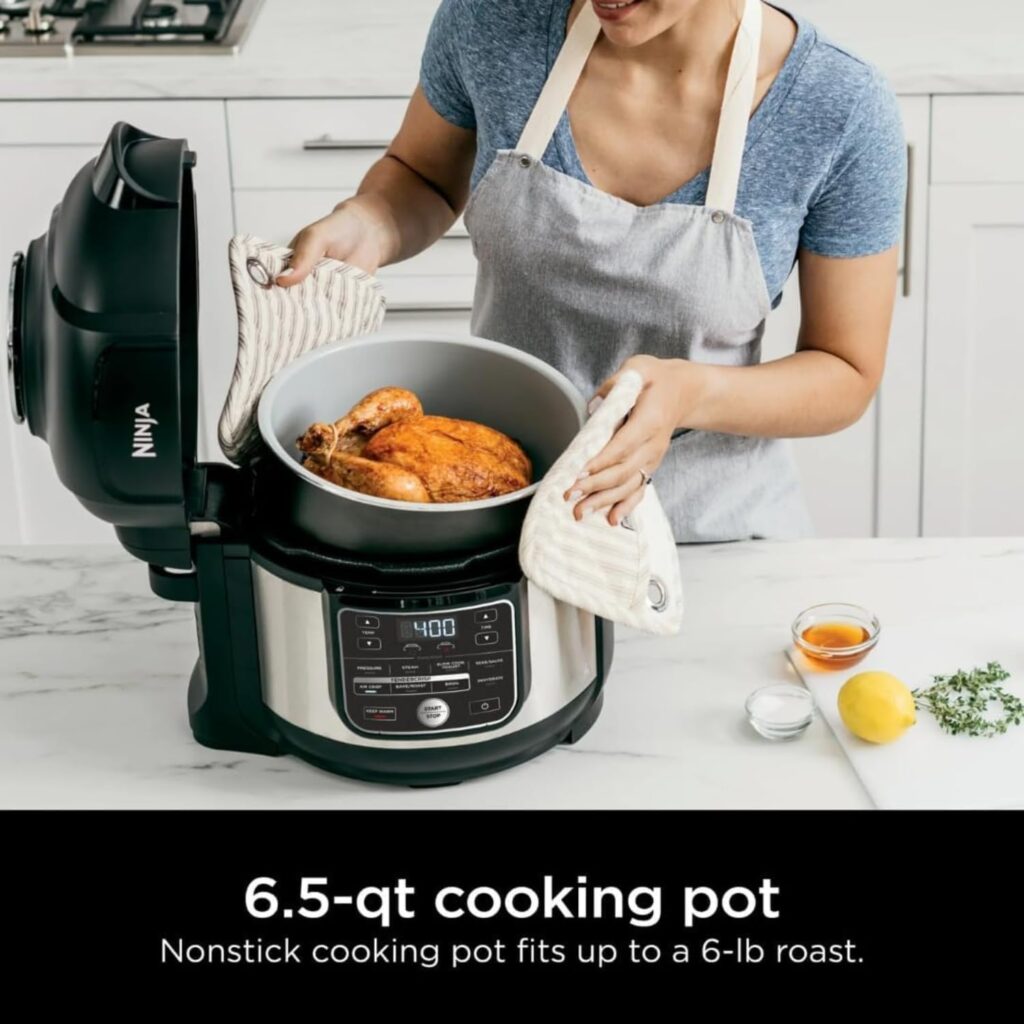
Clear Out Non-Paleo Foods from Your Kitchen
One of the best ways to set yourself up for success is to eliminate the foods that don’t align with Paleo principles. Clearing out your pantry and fridge will help remove temptation and create a space where you’re more likely to reach for the good stuff.
Throw out items that are highly processed, full of sugar, and contain artificial additives. Think of things like sugary cereals, chips, baked goods, and sodas. Replace them with Paleo-friendly options like nuts, seeds, fresh fruits, and jerky. Stocking your pantry with compliant foods will make sticking to the plan much easier.
Product suggestion: Consider buying Paleovalley 100% Grass-Fed Beef Sticks. They’re a great snack to keep on hand when you need something filling and savory—plus they’re highly rated and perfect for busy days.
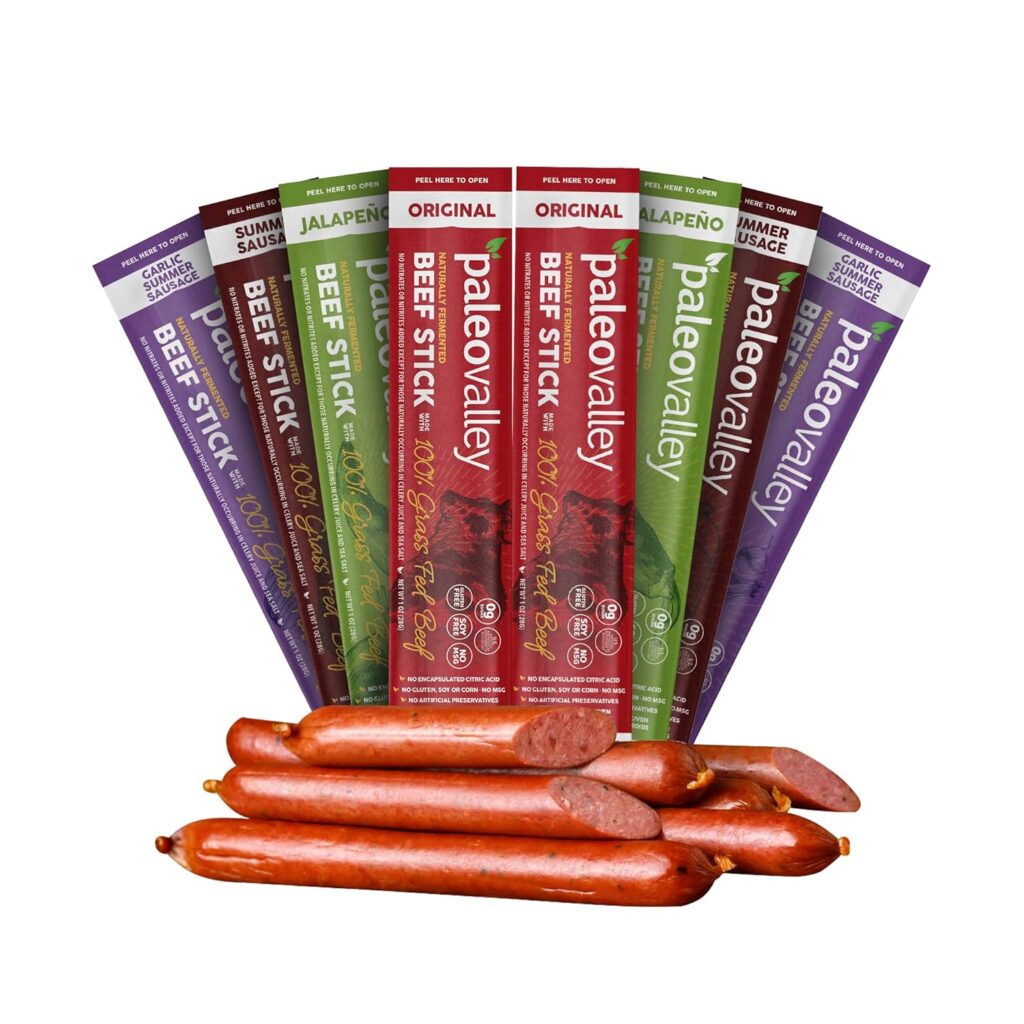
Make a Meal Plan and Batch Cook
When starting any new diet, planning ahead is crucial, and the Paleo diet is no different. Setting aside time to plan your meals and do some batch cooking at the beginning of the week will save you from feeling stressed when hunger hits.
A meal plan ensures that you always have a clear idea of what you’re going to eat, and batch cooking allows you to have pre-cooked, Paleo-friendly meals ready when you need them.
For instance, you can make a big pot of hearty beef stew, roast a whole chicken, or prepare sweet potatoes to reheat throughout the week.
Product suggestion: An Instant Pot Duo Plus can be extremely helpful for your batch cooking. It lets you make soups, broths, and tender meats quickly and easily—perfect for meal prepping large quantities of Paleo-friendly food.
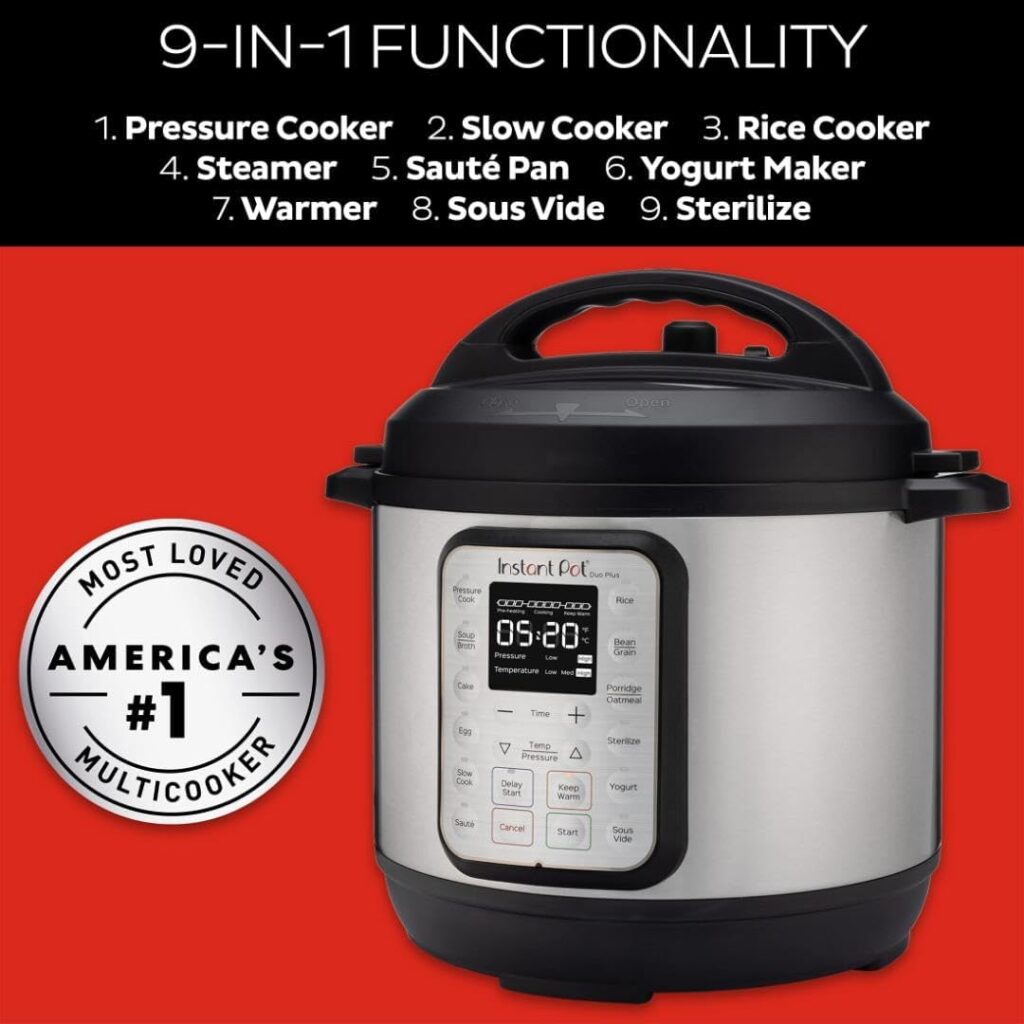
Find Creative Alternatives to Old Favorites
One of the challenges you might face when starting Paleo is missing some of your favorite foods.
But don’t worry—there are some creative alternatives you can enjoy that won’t derail your progress. Love pasta? Swap it out for zoodles (zucchini noodles) or spaghetti squash. Craving rice? Try cauliflower rice!
These substitutions allow you to still enjoy some of your classic comfort dishes, while staying fully compliant.
You might even want to try some Paleo-friendly flour alternatives, like almond flour or coconut flour, if you like baking. Just make sure to find recipes specifically made for these types of flour since they behave differently from conventional wheat flour.
Product suggestion: Anthony’s Organic Almond Flour, available on Amazon, is one of the highest-rated almond flours that works well for Paleo baking. It’s a great product to have on hand when you’re craving something sweet but still want to stay within the guidelines.
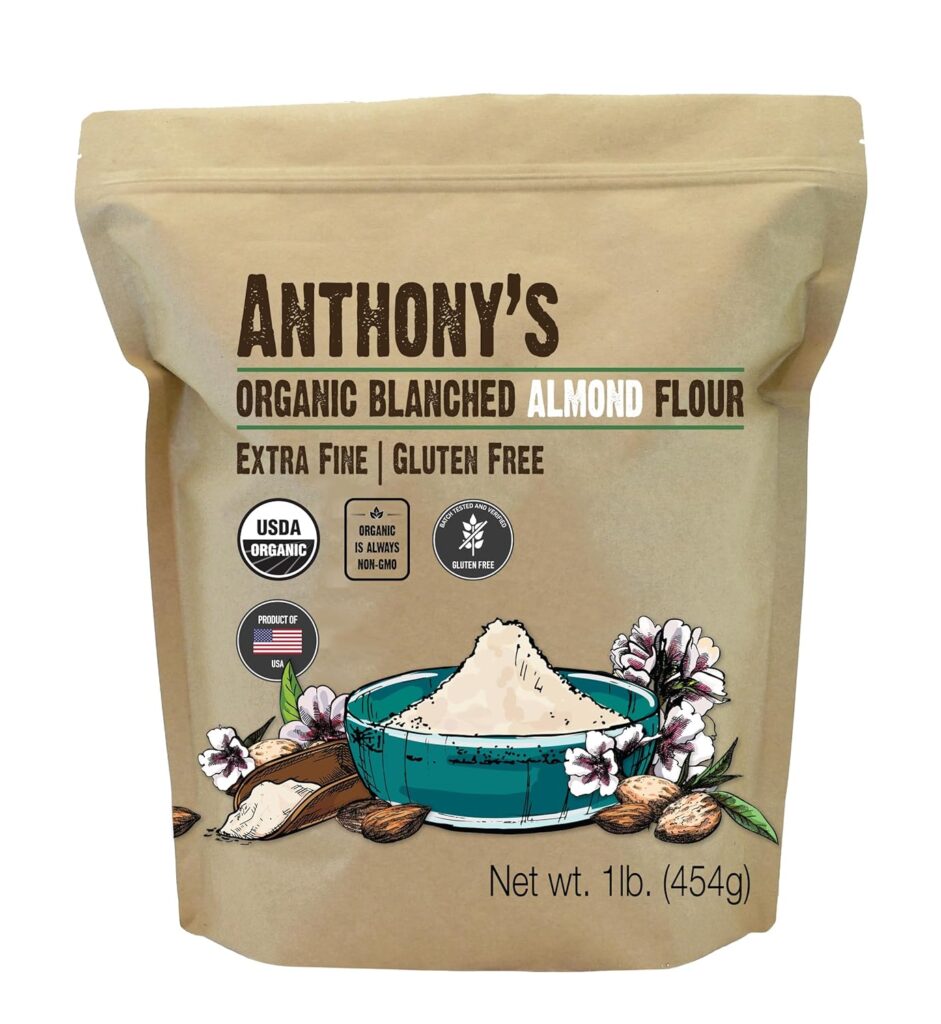
Watch Out for Hidden Sugars and Additives
One of the sneakiest parts about transitioning to a Paleo diet is figuring out where hidden sugars and additives are hiding.
Salad dressings, sauces, and even some meat products can have added sugars and preservatives that aren’t Paleo-friendly. When grocery shopping, it’s important to read labels carefully—choose products that contain minimal, whole-food ingredients.
When in doubt, make your own! Homemade salad dressings, sauces, and marinades are quick to make and so much healthier. For example, you can make a delicious dressing with just olive oil, lemon juice, garlic, and some herbs.
Product suggestion: For sauces, try Tessemae’s Organic Balsamic Vinaigrette. It’s made with simple ingredients and is Paleo-friendly, allowing you to keep your salads and marinades flavorful without added sugars.
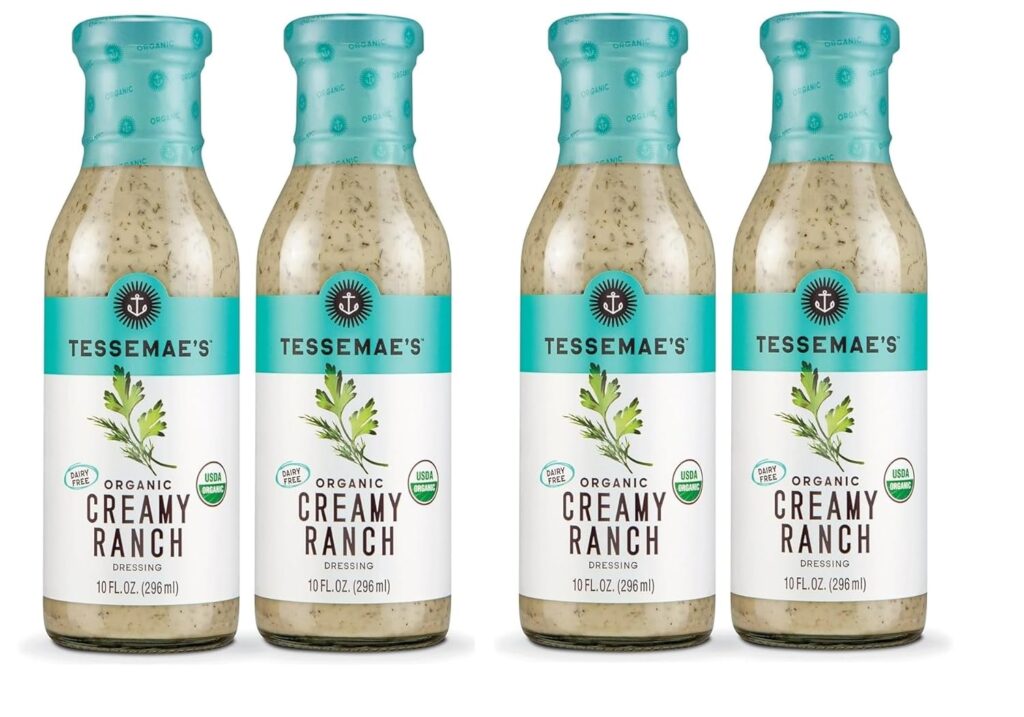
Stock Up on Paleo Snacks
Let’s be honest, snacks are important—especially when you’re first transitioning to a new eating style. Having Paleo-friendly snacks ready will prevent you from reaching for less optimal choices when hunger suddenly strikes.
There are plenty of great options out there, like mixed nuts, fruit, dried meat, and raw veggies with homemade guacamole.
If you’re a fan of sweets, dates are nature’s candy—naturally sweet and satisfying. Just remember that moderation is key, even with Paleo-approved snacks.
Product suggestion: RXBAR Protein Bars are an excellent Paleo-friendly option, with only a few whole ingredients and no added sugar. They’re ideal to carry with you on busy days when you need a quick, filling snack.
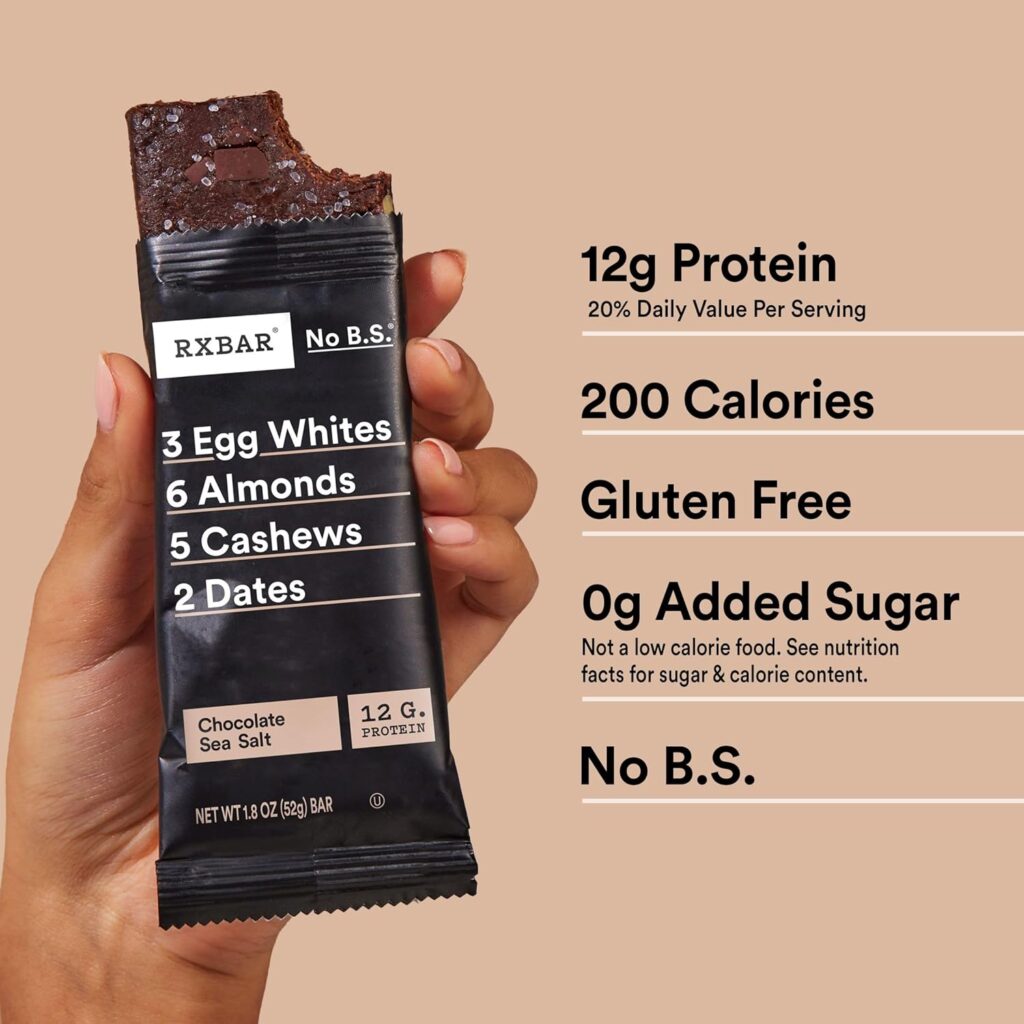
Prioritize Protein and Healthy Fats
To stay full and energized, focus on including plenty of protein and healthy fats in your meals. Protein helps keep your muscles strong and satiates you, while healthy fats support energy levels and the absorption of nutrients.
Grass-fed meats, eggs, fish, and poultry are all fantastic sources of protein that should be staples in your diet.
Avocados, nuts, seeds, olives, and fatty fish like salmon are great sources of healthy fats. Don’t be afraid to use olive oil, avocado oil, or coconut oil when cooking—these fats are an essential part of Paleo eating.
Product suggestion: Primal Kitchen Avocado Oil is an excellent choice when you’re looking for a healthy fat for cooking, roasting, or making dressings. It’s highly rated on Amazon and widely used among those on the Paleo diet.
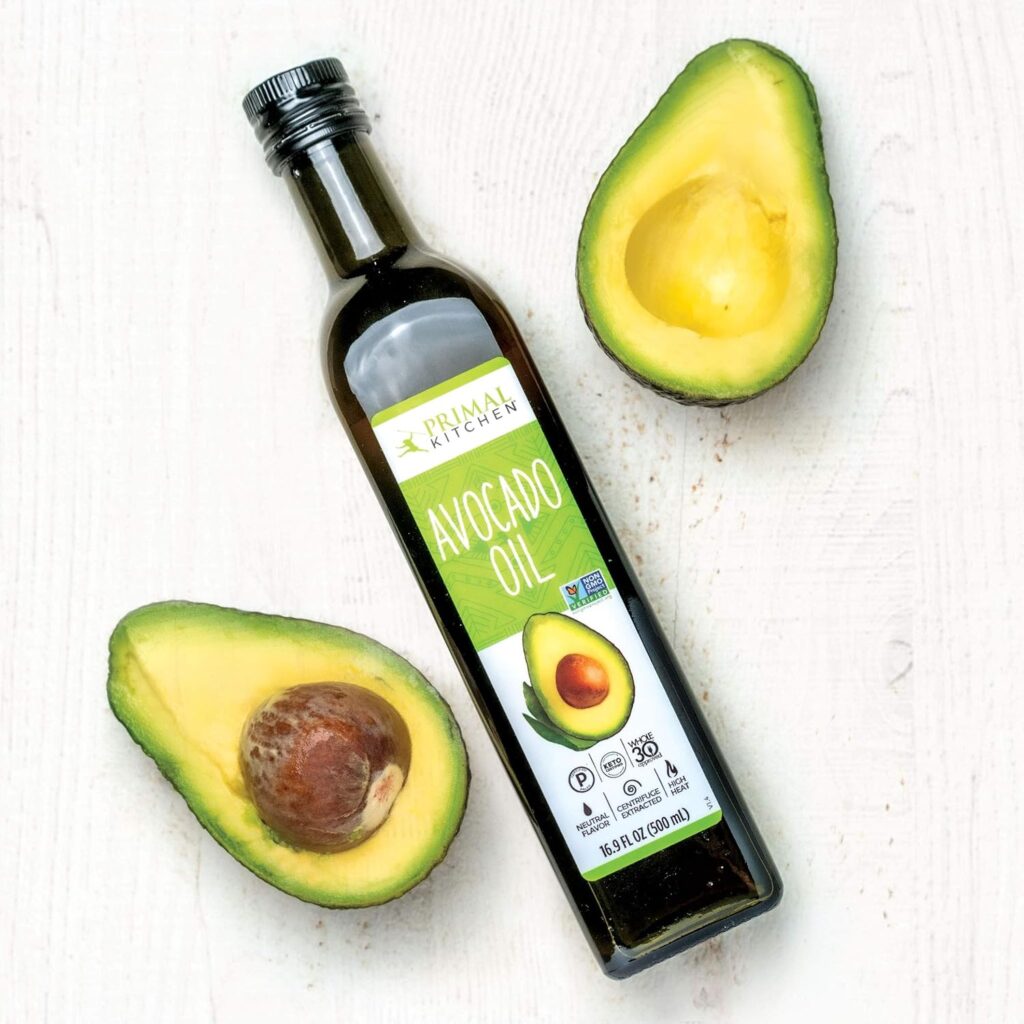
Stay Hydrated and Avoid Sugary Drinks
Hydration is key to feeling your best, no matter what diet you’re following. Make sure you’re drinking plenty of water throughout the day. Herbal teas, sparkling water, and black coffee (in moderation) are also allowed on the Paleo diet, but it’s important to avoid sugary drinks and sodas.
If you struggle with plain water, you can infuse it with fresh herbs or fruit. Lemon, cucumber, or mint can make your water a little more enjoyable without adding any sugar or processed ingredients.
Product suggestion: To make staying hydrated easier, consider getting a Hydro Flask Water Bottle. It keeps water cold for hours, making it more likely that you’ll stay on top of your hydration goals.
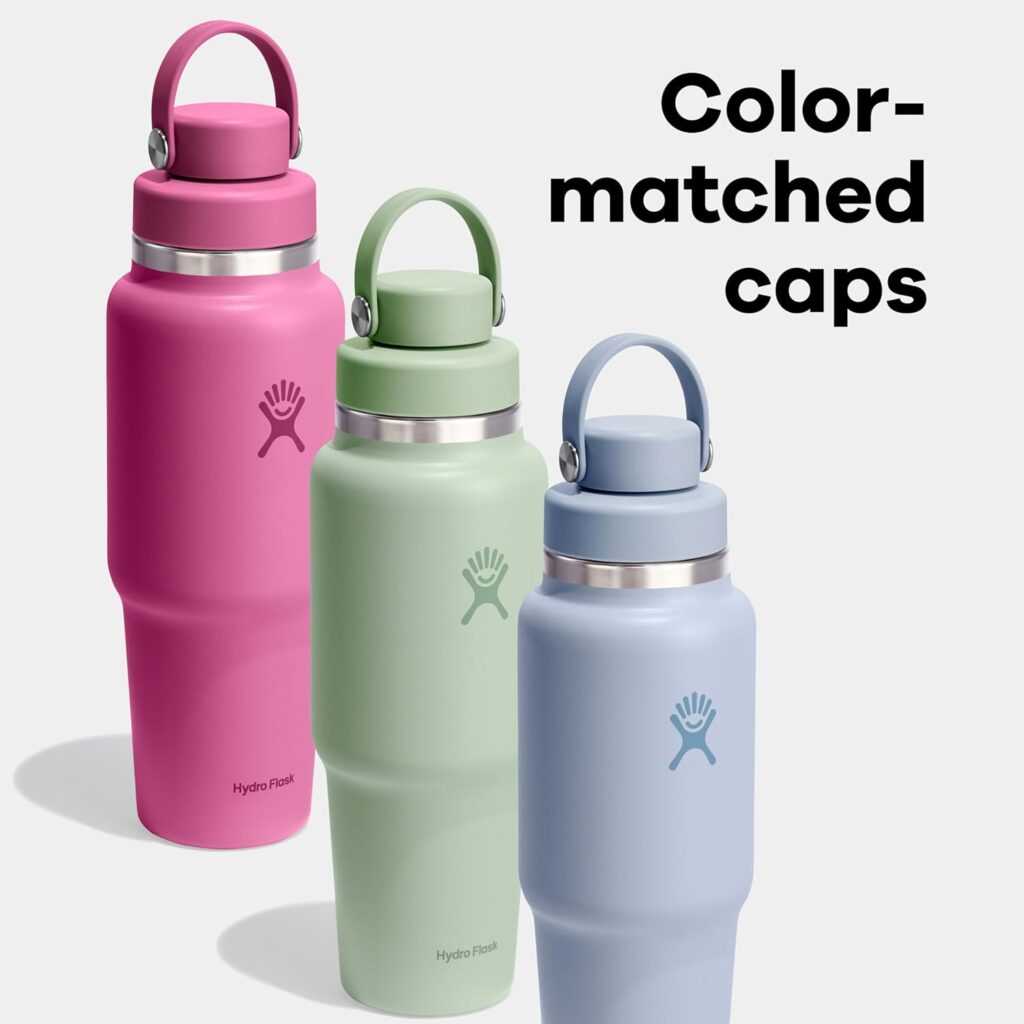
Find a Paleo Community
One way to make your transition smoother is to connect with others who are also following the Paleo lifestyle. Whether it’s an online forum, a Facebook group, or friends who are on the same journey, having a support system makes a huge difference.
Joining a community helps you find recipe ideas, share challenges, and celebrate your successes with people who understand your experience.
Plus, it can be motivating to see how others are thriving with Paleo and to get advice from those who have been doing it longer.
Listen to Your Body
Transitioning to the Paleo diet is an opportunity to tune into what your body is telling you. For many people, the Paleo lifestyle brings improved energy, better digestion, and a greater sense of well-being. But it’s important to remember that everyone is different.
If something isn’t feeling right—like if you’re constantly hungry or fatigued—take a step back and reassess your meal balance.
Are you getting enough protein? Are you including healthy fats? Are you eating enough food in general? It’s okay to make adjustments and give yourself time to adapt.
The goal is not just weight loss or dietary restriction—it’s to find a way of eating that makes you feel your best.
Prepare for Social Situations
Eating out or attending social gatherings can be a bit tricky when you’re on a new diet, but with some forethought, it’s completely manageable. When dining out, stick to grilled meats, salads, and vegetable sides.
Most restaurants are willing to accommodate dietary needs, so don’t hesitate to ask for modifications—like swapping out mashed potatoes for extra vegetables.
If you’re going to a party or event, bring a dish that you know is Paleo-friendly. That way, you’ll have at least one option to fall back on. Paleo-friendly deviled eggs or a fruit and nut platter are always crowd-pleasers.
Product suggestion: Glass Meal Prep Containers can help you bring your own food when necessary. They’re great for prepping and storing meals to have on hand for social situations or busy workdays.
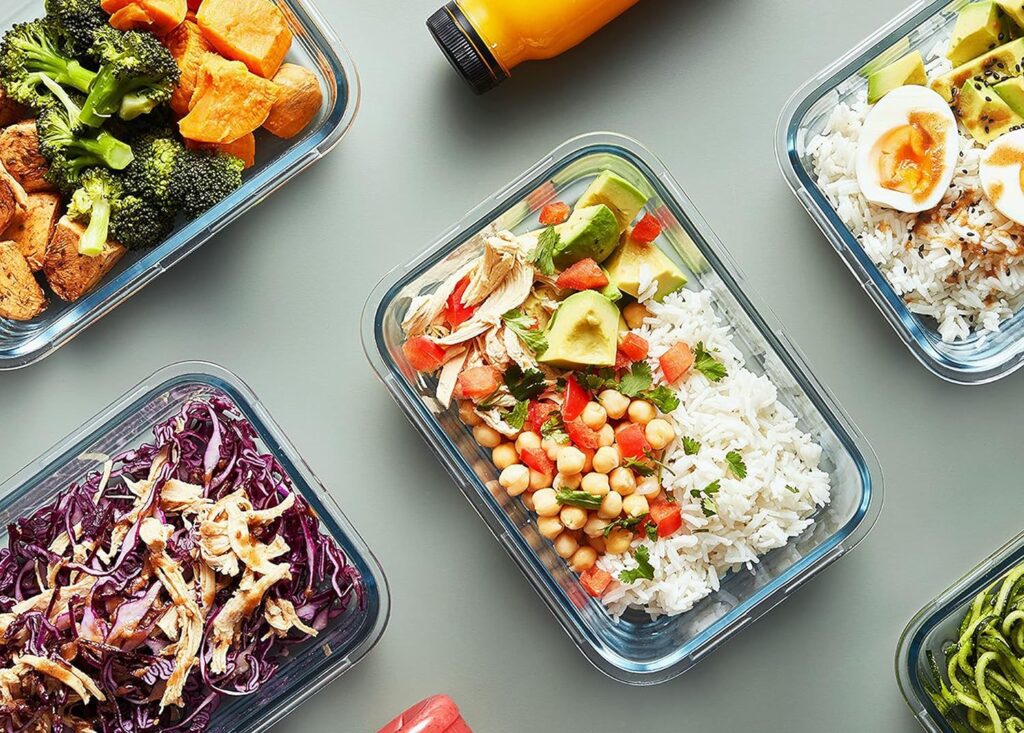
Be Patient with Yourself
Finally, remember that this is a journey, not a sprint. Transitioning to a new way of eating takes time. You might slip up, or you might have days where things don’t go perfectly—that’s okay.
What matters is that you keep going. Every healthy choice you make is a step toward improving your health and well-being.
The Paleo diet is about more than just avoiding processed foods—it’s about nourishing your body with foods that make you feel your best. Stay patient, enjoy experimenting in the kitchen, and take time to appreciate how much better you feel as you move away from the processed products of today and embrace the wholesome foods of the past.
Remember, it’s all about making sustainable changes that benefit your health and make you feel great.
